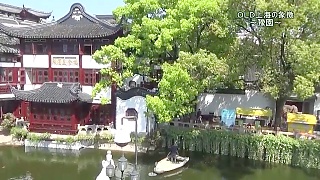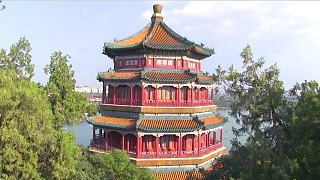With Walk East ...
[640],shadow=true,start=,stop=
Live more ...
 FengHuang 凤凰县 Phoenix ancient water town, HuNan province
FengHuang 凤凰县 Phoenix ancient water town, HuNan provinceWith Walk East ...
[640],shadow=true,start=,stop=

|
Bonus film - 'DIY Wedding Photos', in LiJiang 丽江, a micro movie 浪漫的旅拍婚紗影像 ...
|

|
With Time Walker ...
Bonus films - with Rafa Goes Around! ...
With Nico ...
|

|
With Walk East ...
|

|
YuYuan Garden ...
XinTianDi ...
NanJing Road ...
The Bund (WaiTan) ...
|

|
With Sun Kissed Bucket List ...
|

|
An amazing, beautiful film by Jeffrey Poon ...
|

|
Wonderful sweeping scenes ...
|